Each summer, East Africa welcomes a parade of wildebeest and zebra numbering in the hundreds of thousands in a phenomenon known as The Great Migration. It’s a time that represents peak season on the plains—thanks not only to wildebeest but the throngs of human onlookers who descend in volume, too. With mild, moderate, and dry weather coinciding with summer break, it’s no surprise that May through September are the most oft-recommended months to go on safari in Africa.
However, what portraits of a sun-drenched savannah fail to capture in widescreen are the downsides of visiting at the same time as everyone else: line-ups at the gates of Ngorongoro Crater; a string of Land Cruisers stalking a lone cheetah; vehicles jockeying for the best view of a fresh lion kill. Not to mention, rates are at their highest.
As an alternative, Extraordinary Journeys safari specialists instead point to traveling during the green season. Or, as we like to call it, ‘secret season.’
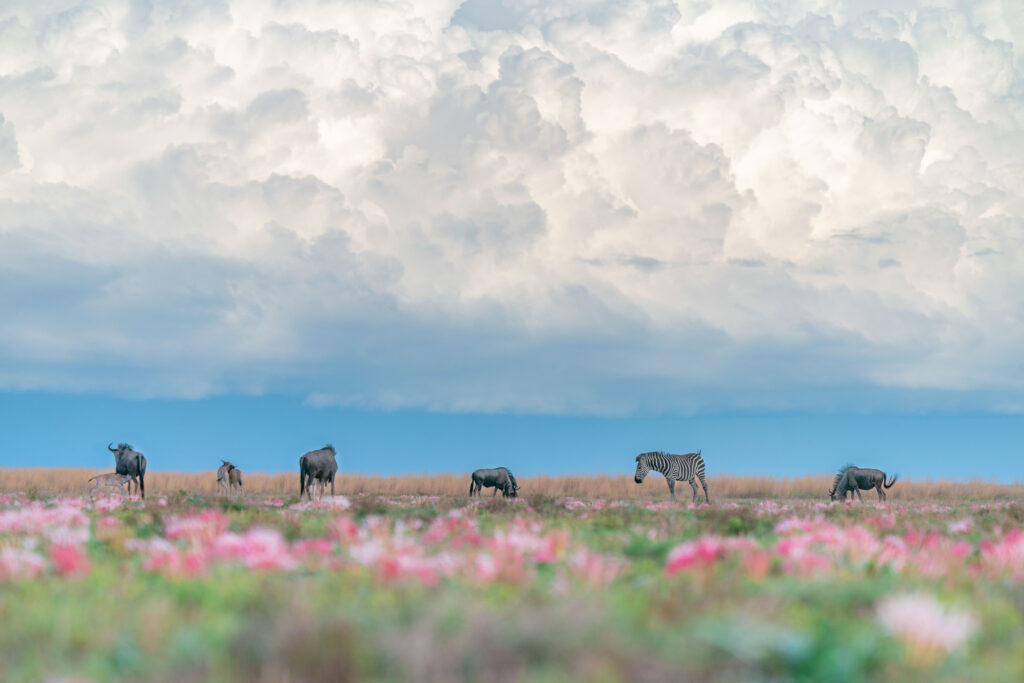
“There’s no compelling reason to pay double and be in crowds,” says Jamie Mehrotra, Extraordinary Journeys’ head of sales.
Our safari specialist Anisha Barrientos agrees but offers a caveat. “Not all green season safaris are created equal. For example, January and February can be terrible for game viewing in the Okavango Delta,” she explains. “I saw just one porcupine in three days!”
Admittedly, depending on the place and time, wildlife viewing in green season may diminish, roads can become impassible, and precipitation can make the air feel like a humidity hug. These concerns are not totally unfounded, but that’s exactly why we don’t universally recommend all destinations year-round.
When it comes to secret season travel, we’ll be frank and forthright with our travelers about what’s good, where—and, importantly, what’s not. When planned right, we’re making the bold claim: traveling during secret season only has upsides.

What and when is secret season?
Off-peak travel earns a bevy of nicknames. Shoulder, low, and off-season are common. ‘Green’ or ’emerald season’ are monikers that refer to the time of year when the grasses are tall and landscapes are lush thanks to life-giving rains.
We don’t love any of these terms because the language infers that any months falling beyond ‘dry season’ are inferior when in fact, they’re not. In our opinion, overlooking them is a missed opportunity. Hence, we prefer ‘secret season.’
The biggest misconception about secret season safaris
The greatest fear we hear travelers voice about secret season travel is being trapped inside their camp/lodge or safari vehicle while an hours-long downpour buffets the landscape. We’re not denying that it rains in Africa, but this concern seems to be founded on a misconception that the wettest months receive monsoon-style rains.
More realistically, secret season showers roll across the horizon as a moody late afternoon spell of cobalt clouds. Rain falls with some intensity, sometimes passing as abruptly as it arrives. It’s the perfect drama to watch from the comfort of a camp library or a freestanding bathtub. This cozy experience is just one of many upsides to secret season.
Where and When to go on a Secret Season Safari in Africa
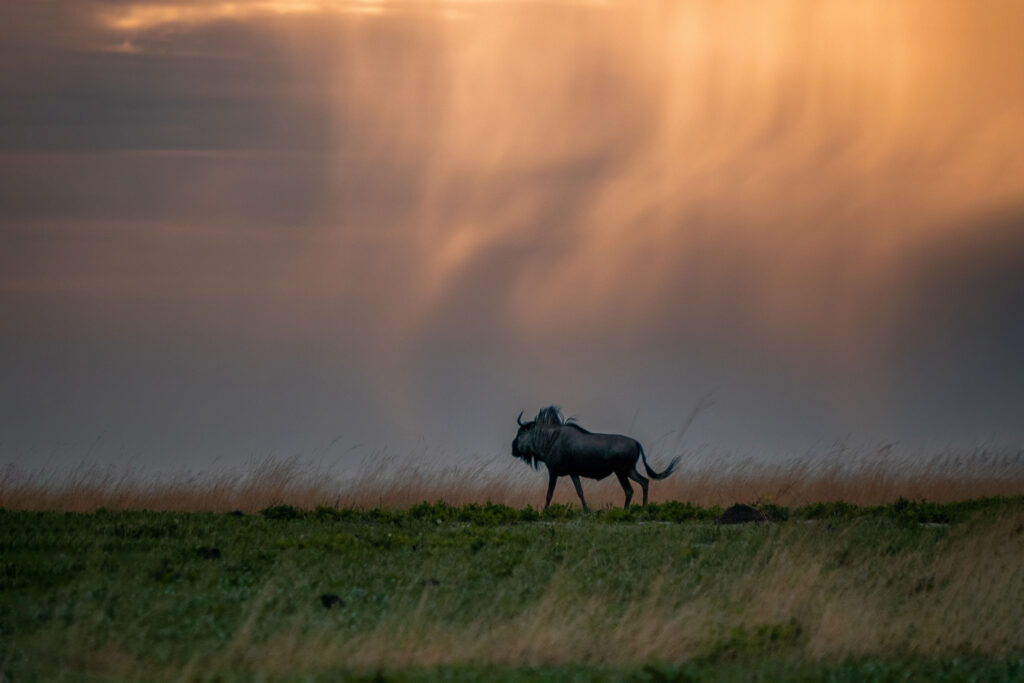
- Kenya is a pleasant year-round destination, but our safari experts love the latter half of May and early June, identifying it as a travel sweet spot when rates are lower and the plains are virtually crowd-free. November’s short rains offer a quieter safari before the festive season (December 20 to January 5) travelers arrive.
- Tanzania: Parts of remote southern Tanzania close during secret season (roughly November to March), but the northern circuit highlights (Ngorongoro Crater, Serengeti, and the Rift Valley) are buzzing with migratory birds, newborn animals, and predators. The spring months are an oasis of calm on the plains before summertime safari-goers descend to witness The Great Migration. In December, chimps descend the slopes in Mahale Mountains National Park, making them more accessible to hikers.
- Rwanda & Uganda: Gorilla trekking and chimp trekking are major highlights in Rwanda and Uganda. Thanks to these countries’ equatorial geography and rainforest habitats, the trekking experiences are fairly consistent in whichever month. The cost of permits won’t drop in secret season (February to May; October and November), but you will save on lodging, your hiking party may have fewer people, and you might get more say in which habituated family you visit.
- Botswana: Wildlife viewing in the Okavango Delta in January and February is slow going, but it’s the perfect time to go on safari in the Central Kalahari.
- Zimbabwe: Hwange National Park, Zimbabwe’s largest park, shines in secret season (outside the peak months of May to September). Some guides report they cheetah and wild dogs are more widely spotted as elephants disperse away from water sources and thin out across the park. In spring, the flow of water in the Zambezi means a visit to Victoria Falls is observed in full splendor—and you might even catch a lunar rainbow in late March.
- Zambia: Not so long ago, Zambian safari camps closed for secret season, but improvements in infrastructure mean safari lodges keep the welcome mat rolled out. October rewards with elephant antics like standing on hind legs to snatch the fruit of ana trees with their trunks or the parade of pachyderms that lumber straight through the lobby of Mfuwe Lodge.
- South Africa: South Africa is a popular year-round safari destination, and traveling in secret season means thwarting some of the crowds, especially in Greater Kruger. May is a magical month that falls between typical holiday seasons in both hemispheres, and the weather is warm and mild both in Cape Town and on safari.
Six compelling reasons to go on safari during secret season
1) Secret season has fewer crowds
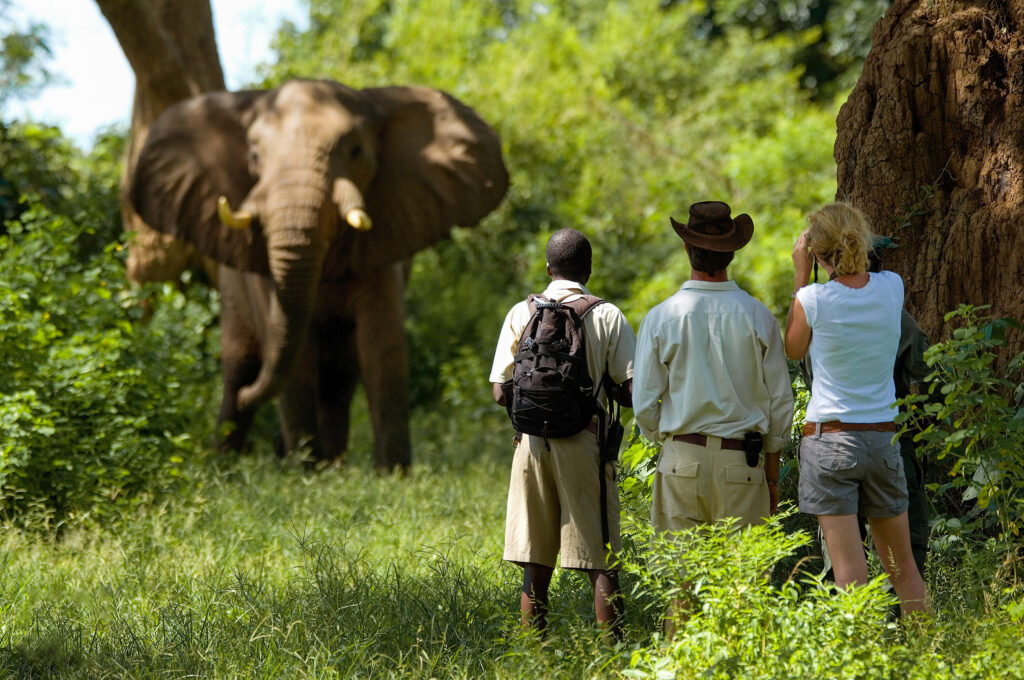
With fewer overall visitors, your experiences will feel more personalized and private. Of course, you’ll get to know your guides on a first-name basis, but you’ll also enjoy a richer connection with camp staff who find themselves with more time to dote and linger. On game drives, you might be the only vehicle within eyesight, encountering few others across the span of the day.
There’s an element of luck, but we’ve had clients check into small camps during secret season only to find they’ve got the entire place to themselves.
2) Secret season offers amazing value
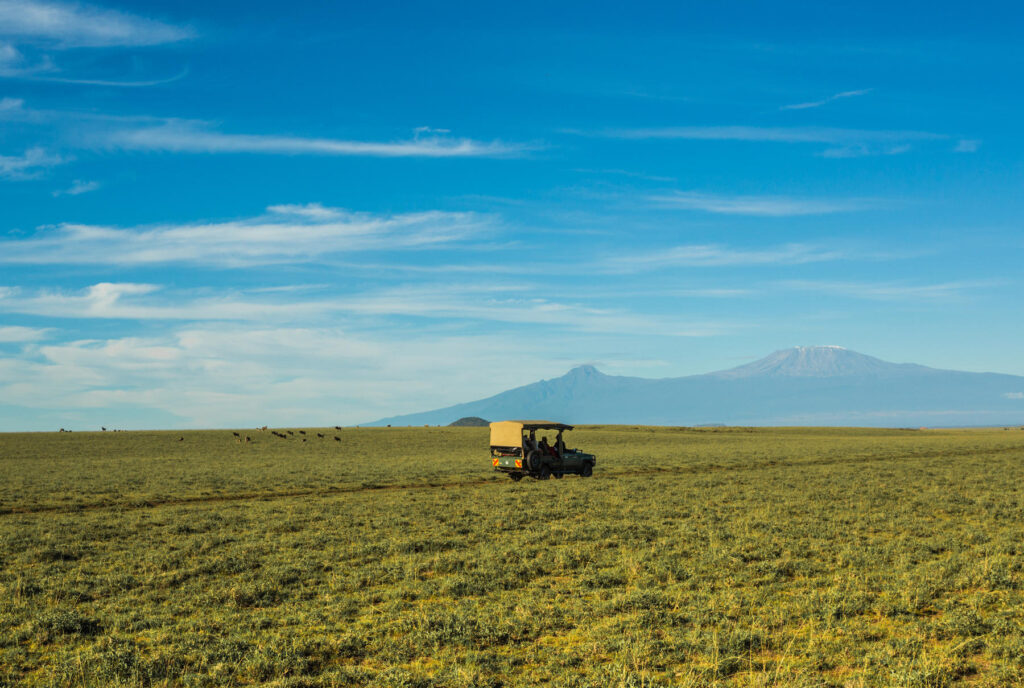
With high demand during summer and the festive season (December 20 to January 5), there’s little incentive for safari camps to offer promotions. International flights and room rates are at a premium, and vacancy is scant—if any exists at all.
In secret season, rates soften and some properties offer enticing specials. Long stay or combination discounts are common: “stay four nights, pay for three;” or “receive X% off with a minimum seven-night combination stay at Company X.Y.Z.’s collection of properties.”
Dollar-wise, your secret season extraordinary journey is sure to cost less, but another upside is complimentary, spontaneous “upgrades.”
Safaris are quoted as all-inclusive with some excursions (hot air ballooning, star beds, etc.) and exclusivities added à la carte. In our experience, we’ve had off-peak season travelers who would have otherwise been sharing a game vehicle find themselves enjoying an exclusive-use Land Cruiser—an upgrade that often costs upwards of $500 per day—at no added cost. Likewise, you could find yourself floating across the savannah in relative exclusivity on a semi-private hot air balloon safari.
3) Leafy secret season landscapes are beautiful
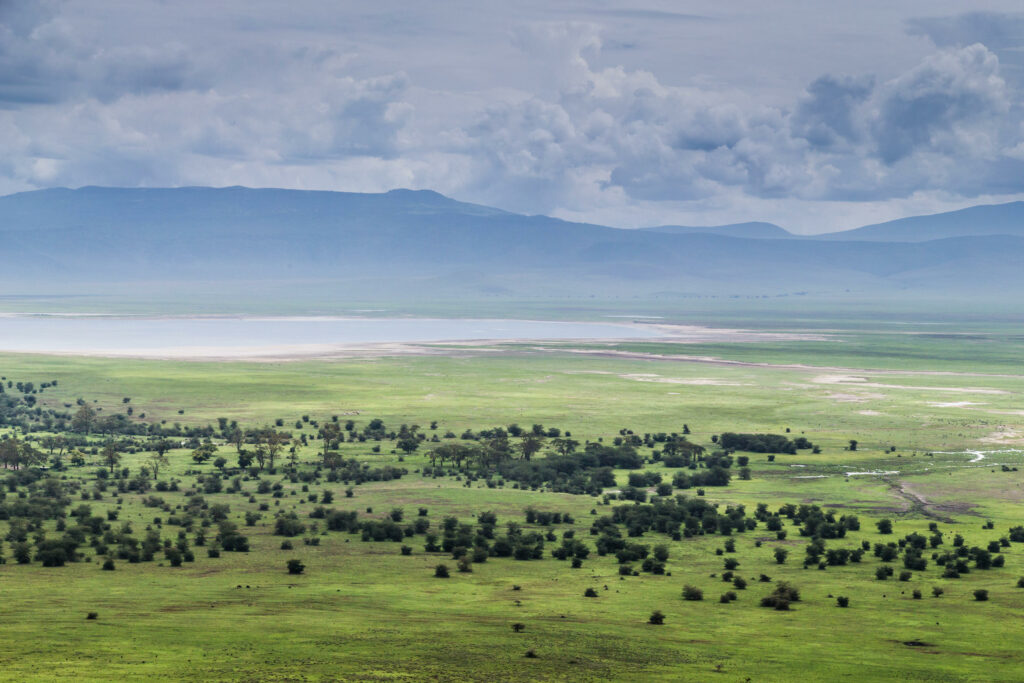
If you’ve watched an African-set wildlife documentary, you’re probably familiar with the part where the animals lumber across the parched, sunbaked landscape in attempt to forage for what little vegetation can be found. Rivers recede into red dust and congregations of thirsty wildlife compete for a muddy drink at puddle-size water holes. Then finally, the rains arrive. Tree canopies burst into green, rivers trickle then swell, and the grasses stretch skyward, painting the landscape in broad strokes of green. Thirsty trunks drink until their bellies bloat and the herbivores gorge on grass.
In the abundance that graces secret season, elemental survival abates and a collective relief reverberates throughout the plains. Cleansing showers tamp down the dust, offering clear skies and visibility. It is a striking natural beauty—one that photographers love to shoot.
4) Secret season has newborn animals and predator action

Each day in the savannah, a story of life and death is written. For onlookers, the circle of life can be joyful and cruel—but rarely boring.
In spring, secret season delivers the tenderness of newborns wobbling on brand-new legs. There is triumph as they stand, bumble, and then sprint within mere minutes. Seeing the animals you love but in adoring miniature is a compelling reason to travel in spring.
With newborns come predators hoping for an easy meal—rewarding safari-goers with exciting high-stakes game chases.
5) Secret season is a boon for birdwatching

For birders, secret season in East Africa is the best time to spot migratory birds. From November to February, a diversity of species travels thousands of miles in pursuit of sustenance and breeding grounds. Dressed in their flashy mating plumage, they’re ready for their close-up.
6) Shake the chill

Cool mornings game drives in dry season can be quite chilly, especially when vehicles are open-sided. Traveling in secret season means more moderate temperatures and requires fewer layers of dress, which makes packing a bit less complicated.
Ultimately, the weather is always unpredictable at home and abroad. Putting too much stock into which calendar months are wet or dry can create missed opportunities. Planning in collaboration with an Extraordinary Journeys travel specialist is the best way to navigate the nuances of a secret season safari.
Plan your Trip
Ready to start planning your own incredible adventure? We make the process stress-free and enjoyable.
